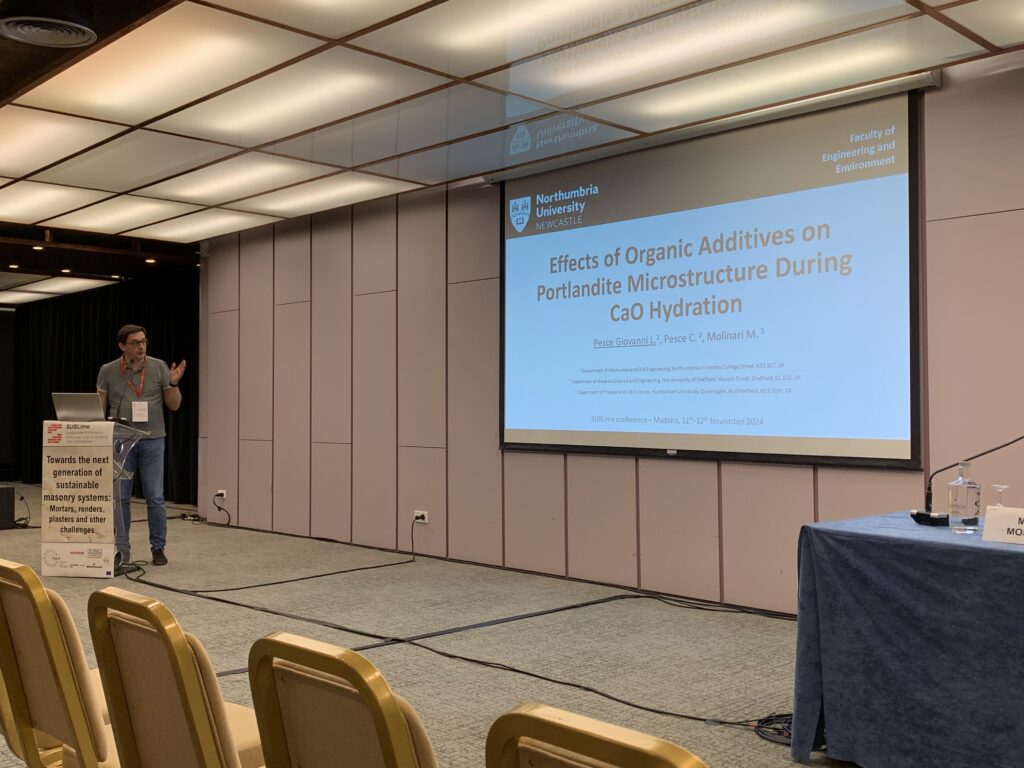
I am an Associate Professor at the Department of Mechanical and Civil Engineering, Northumbria University Newcastle (United Kingdom).
I have a Master’s degree in Architecture focused on the conservation of historic buildings from the University of Genoa (Italy), where I defended a thesis in building archaeology supervised by Prof. Tiziano Mannoni.
After graduation, I worked as a specialist in building pathology and building archaeology at the “Institute for the History of Material Culture” of Genoa, and at Ipsilon p.s.c.r.l.
In 2006 I obtained a Doctorate in “Materials Engineering for the Sciences of Construction” (University of Genoa), with a thesis on the use of metakaolin as a hydraulic additive in new lime-based construction materials.
From 2006 to 2010 I collaborated with the Department of Sciences for Architecture of the University of Genoa on several projects as a specialist in material characterisation, building pathology and building archaeology.
In 2010 I moved to the UK where I studied the carbonation process in new lime-based construction materials. In 2014 I obtained a PhD in Civil Engineering from the University of Bath (UK).
From 2013 to 2016 I worked at the University of Bath as a post-doctoral research associate on the EPSRC project: “Experimentally verified Atomistic modelling of lime in construction materials” (P.I. Dr. Richard J. Ball; C.I. Prof. Stephen Parker).
In 2016 I joined Northumbria University Newcastle as a Lecturer. Since then, I progressed to Senior Lecturer and Associate Professor, assuming various roles such as Unit of Assessment lead for Unit 13 in REF 2021 (2018-2021) and Head of Research for the Department of Mechanical and Construction Engineering (2025).
I am a member of various professional organisations such as the Institute of Materials, Minerals and Mining (IoM3), the Mineralogical Society of Great Britain and Ireland, and the Institute of Civil Engineering (ICE).
My research focuses on the development of sustainable building materials that can help our society solve the problem of the large environmental impact of the construction industry. It aims at offering more sustainable alternatives to the highly unsustainable materials currently used, with the benefit of reducing carbon emissions and the depletion of natural resources and therefore creating a better world for ourselves and our children.
